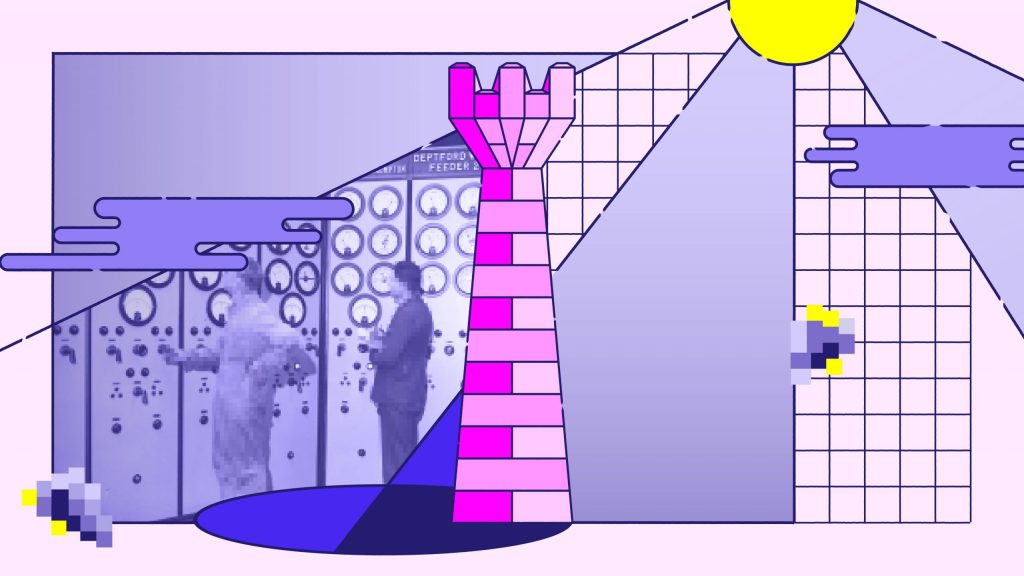State of Data, Part I
The bigger they are…
Eight-ish years ago, you couldn’t attend a banking conference without being bombarded with talks about big data. It’s a natural fit. Banks store an incredible amount of data—transactional and personal. But to use these huge data stores, one needs appropriate hardware and software to process all the bits and bytes.

The term had been around for years, but technological advancements in 2012 brought data processing to the forefront. Ever-more powerful computers made it possible to turn mountains of information into actionable data—allowing us to learn more and more about our bank’s clients, build “lookalike” audiences, determine trends and more.
Big Data. Bigger Barriers.
Much like other specialties, machinery does not equal expertise. You can go buy a race car, but unless you’re a great driver, you won’t win any races. Third-party vendors dangled carrots for years, promising results. Certainly, some banks were able to wrap their arms around their data and use it to nurture relationships, but most big-data projects died under their own weight. Finding the right mix of knowledge, ability, and effort to yield results was insurmountable for most.
The lure of big data is understandable. There are incredibly compelling reasons to tap your own data pool. You can determine everyone who holds a DDA at your bank who also holds a mortgage with another bank. You could cross-reference that data with the individual’s home purchase price and back into their interest rate. From there, you could gate the information to automate a campaign to send emails, direct mail, texts, and more to those who might benefit from a refi at your bank.
But the barriers are huge. Who’s going to create the data streams? Who’s going to map and cross-reference them? Who creates the campaign strategy and creative? Who measures the results?
This is why most projects were shelved. They were just too much to undertake.

Start Small and Grow
Once you ask yourself “can we?;” I recommend asking, “should we?” Too many marketers (especially vendors) approach data projects as all-or-nothing endeavors. We can use all the data, so why don’t we?
Because the project will be too big. I promise.
But it seems like we can’t help ourselves. We implement a CRM and we just have to add the scheduling module for our bankers. We set up email and we try to connect every data point and set up every automation possibility.
Here’s our rule of thumb: do it manually until it shows enough success that you must automate it. Begin with the most profitable endeavors and start incrementally. If you don’t have an onboarding program, start with a welcome email. Don’t stymie yourself trying to build a survey and automated flow. Digital processes are living and breathing. You can always go back and add to the process later. It’s much better to welcome a client today than to send them a 42-part email campaign 10 years from now.
Find easy wins. Contact those who have a mortgage with your bank, but no checking account (and vice versa). Renasant Bank had tremendous response with a simple campaign to those who had regular checking accounts, but no savings. You can read about it here. Once you do these campaigns once, they’re much easier to automate in the future.
Start with baby steps and I’ll see you out along the road.


